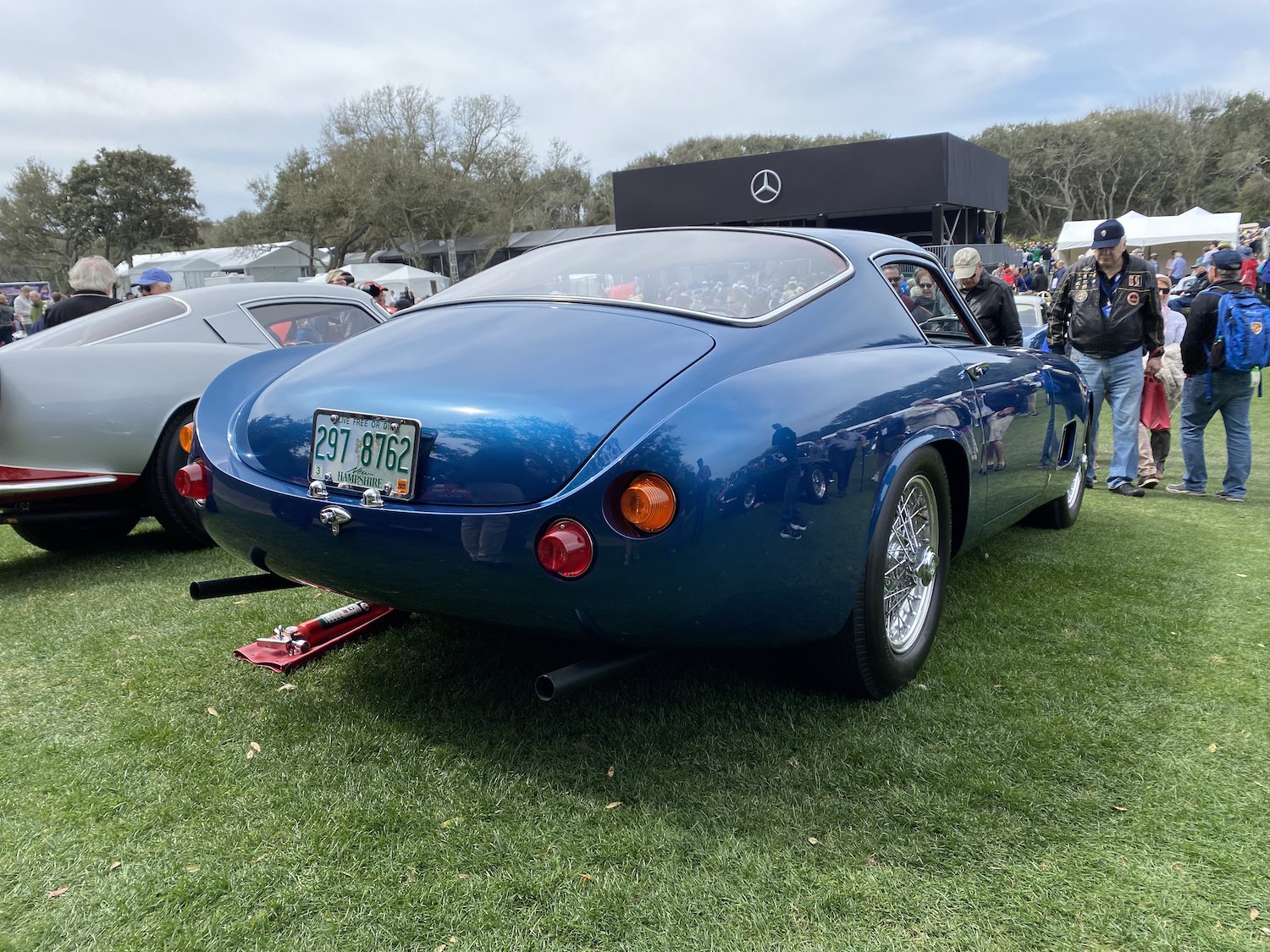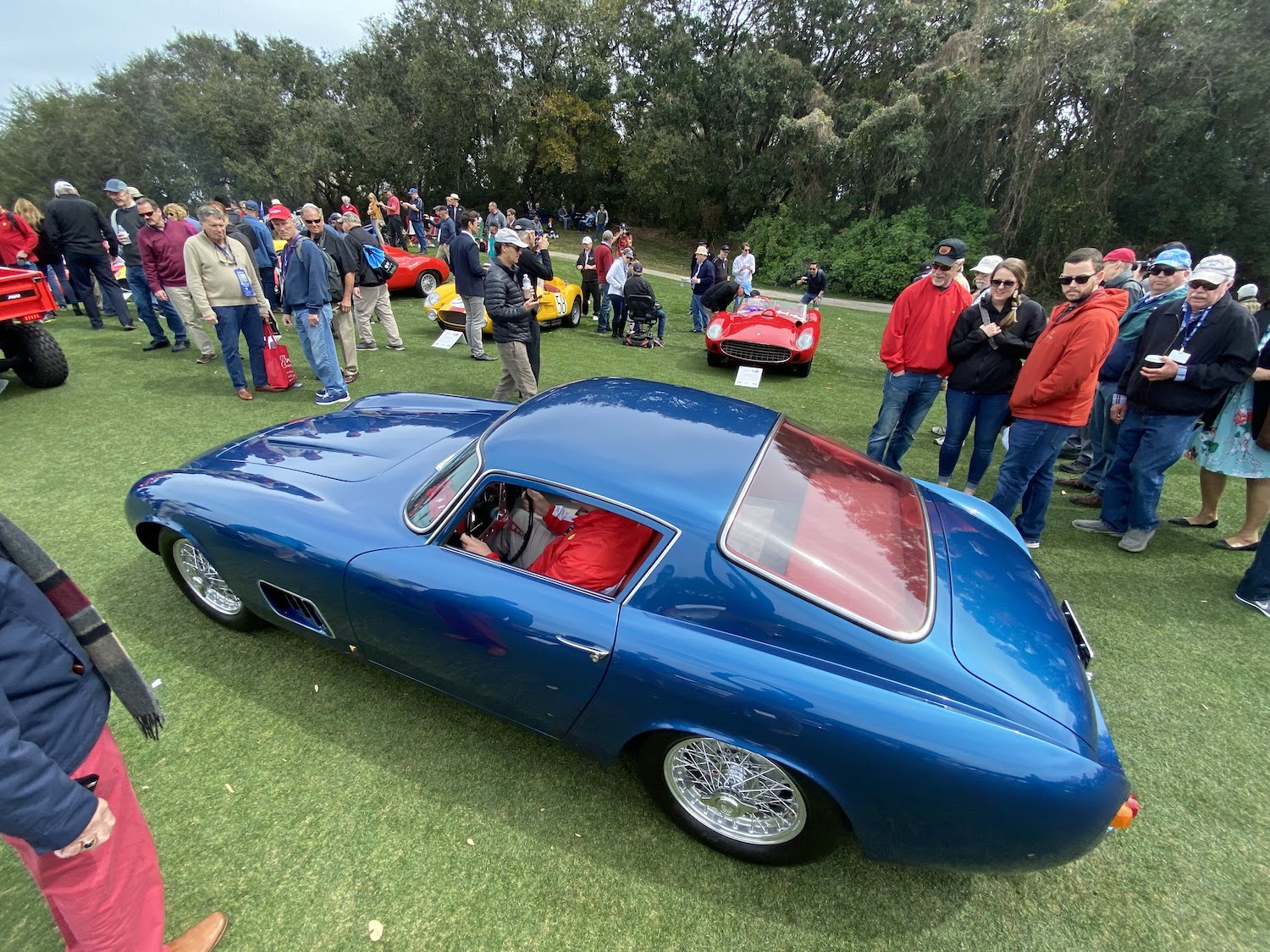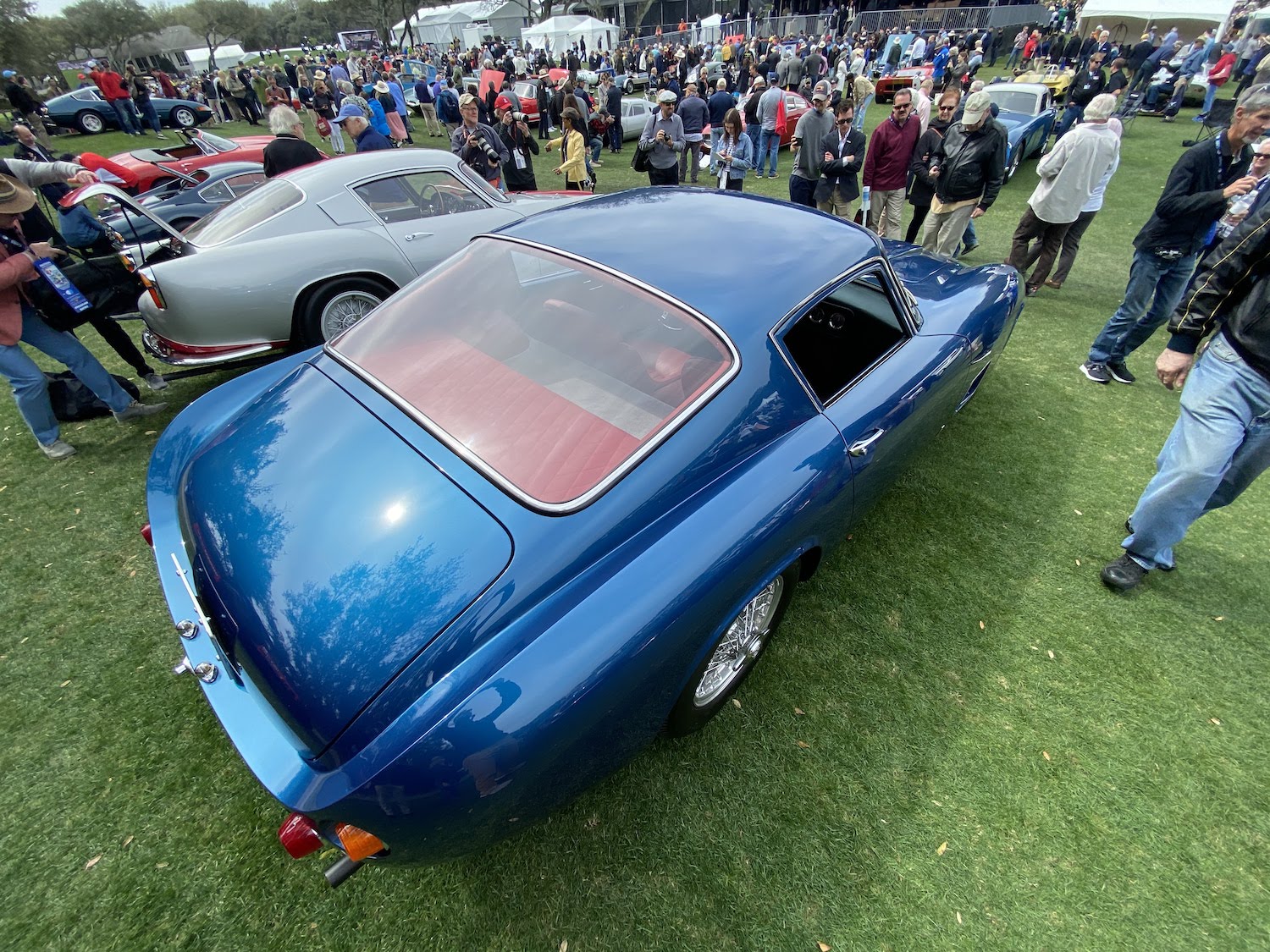Media | Articles
When Scaglietti put all-American Corvettes in bespoke Italian suits
Those who relish the experience of great speed and acceleration in a car tend to gravitate toward the same formula: big power in a compact, lightweight chassis. This solution often meant piecing together bits and pieces from multiple vehicles. The most famous example of this process is the Cobra Daytona Coupe, but that car wasn’t ol’ Carroll Shelby’s first attempt at cracking the high-speed code. At least one of his earlier creations folded in American small-block performance with particularly elegant bodywork—Italian, in fact.
Years before the famous chicken farmer first stuffed a Ford V-8 in an AC chassis, three Shelby projects rode on Corvette bones. Shelby wanted to create a GT car with European styling and a big American heart, so he worked out a collaboration with Chevrolet. Shelby also partnered with Jim Hall (who went on to drive in Formula 1) and an oil baron named Gary Laughlin. The three formulated a plan and buckled down.



Gary Laughlin was a dealership owner in Texas and a good friend of journalist Peter Coltrin, who had contacts with the coachbuilders of Italy, including Carrozzeria Scaglietti. Sergio Scaglietti’s operation was busy with orders from Ferrari, but the operation still agreed to produce a small run of bodies for the group of Texans. The carrozzeria just needed a chassis.
Marketplace
Buy and sell classics with confidence
Shelby and Hall leveraged their racing connections to get three 1959 Corvette chassis, sans bodies, from the St. Louis production line. From there the chassis headed to Maranello, where the bodies were constructed and fitted. Two of the three chassis were optioned with automatic transmissions, including this blue example we saw at the 2020 Amelia Island Concours d’Elegance; the last was painted red and received a four-speed manual.
The sultry Italian curves make an interesting contrast with the toothy Corvette grille—which only one of the three cars received. One car was not fitted with a grille, and this blue car (pictured above) got a custom grille to fill its nose. The interior is markedly more European too, forgoing the large single arch of the original for clean, understated lines and elegant gauges. That was the goal, after all, but just as the plan was coming together GM put a kibosh on the whole thing. Like many of the other manufacturers of the early to mid 1960s, Chevrolet’s top brass was pressuring the company to trim back on performance and racing cars.

Just one of the Scaglietti Corvettes was completed before returning home nearly 18 months after the chassis first arrived in Scaglietti’s workshop. The other two came home in parts and went through final assembly stateside. The cars lost a reported 400 pounds thanks to the more sparse body and interior, which hurt rather than helped overall performance because the chassis was still set up for the heavier traditional Corvette body. The cars were never finely tuned, likely because of the withdrawal of GM support.
Now the three cars live on as a fascinating footnote of Corvette lore. When the latest generation of Corvette appeared, many claimed that the C8 looked too Italian. Those folks may take this story as a reminder that the Corvette once went to Italy, and the latest version is not nearly as European-bred as the products of that brief sojourn.










